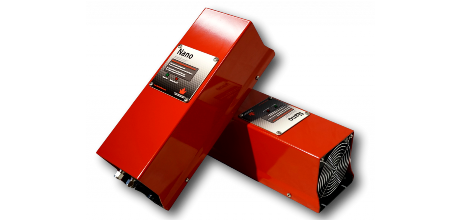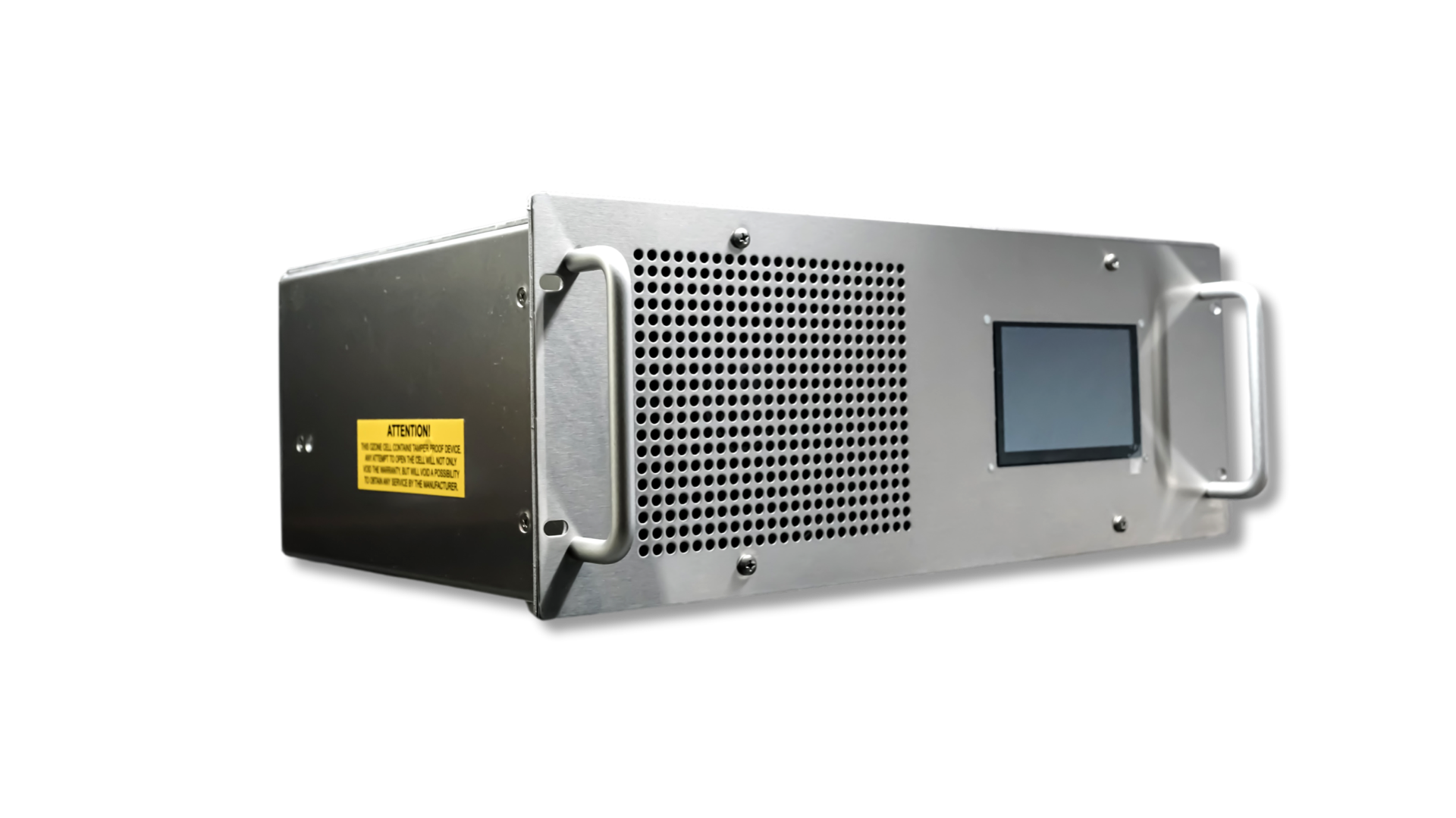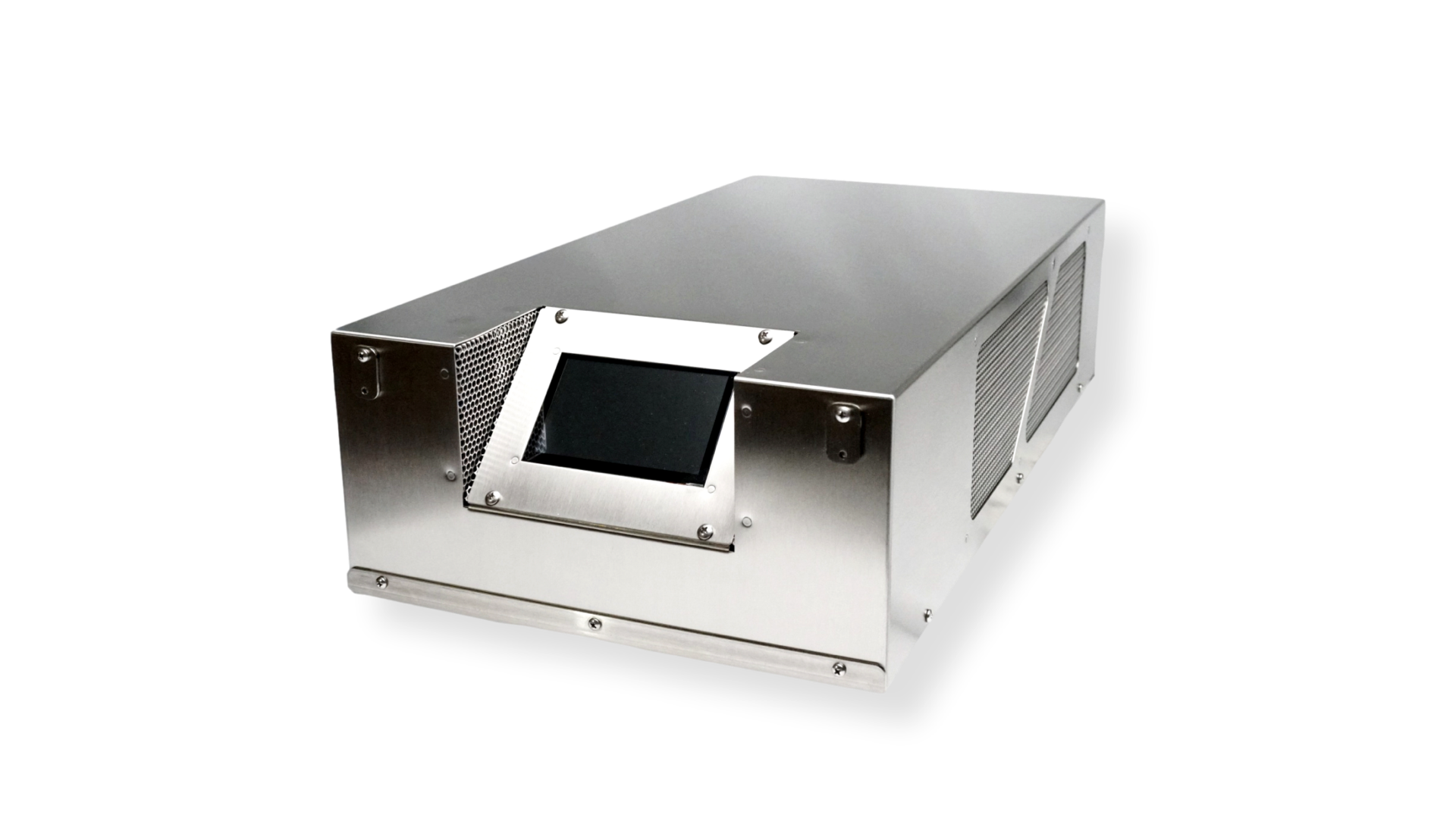Share This Story, Choose Your Platform!
Removal of Residual Ozone from Water: Importance and Efficient Methods
Welcome to our blog post on removing residual ozone from the water! In this article, we will explore residual ozone, why it is crucial to eliminate it properly, and the most efficient methods. The presence of residual ozone in water can adversely affect human health and the environment, making it essential to ensure the water we consume is free from contaminants.
What is Residual Ozone?
Ozone (O3) is a potent oxidant commonly used in water treatment to remove contaminants, microorganisms, and unpleasant odors. However, after the ozone is dissolved in the water and the treatment process is complete, some residual ozone may remain in the water. This undesirable residual ozone can negatively affect water quality and human health.
Importance of Removing Residual Ozone from Water
1. Human Health: Residual ozone can harm health if ingested in large quantities. It can irritate the eyes, throat, and lungs, and in extreme cases, it may damage the respiratory system. Therefore, removing residual ozone is crucial to ensuring drinking water is safe for human consumption.
2. Equipment Protection: Ozone, when present in excess, can damage equipment, such as pumps’ mechanical seals and bearings, causing premature wear and tear. Over time, this can reduce pump efficiency, increase energy consumption, and elevate maintenance costs. Removing residual ozone before it reaches the pumps and other equipment helps preserve their functionality and reduces downtime.
3. Environmental Protection: When water with residual ozone is discharged into the environment, it can negatively impact aquatic ecosystems and marine life. Ozone can harm aquatic organisms and disrupt the ecological balance. Removing residual ozone before discharge protects our ecosystems and maintains a healthy environment.
Efficient Methods for Removing Residual Ozone
1. Degassing: This method lets the treated water rest in a tank or container for a specific period. During this time, ozone naturally decomposes into oxygen. It is a simple and effective method for removing residual ozone, but the timeframe may vary based on the ozone concentration. For Example, After ozone is used for disinfection and treatment of drinking water, municipal water treatment plants often use degassing tanks to allow the residual ozone to naturally decompose into oxygen before distribution
2. Activated Carbon: Activated carbon is known for its ability to adsorb and retain organic and inorganic compounds in water, including ozone. Water is passed through an activated carbon filter, which helps capture and remove residual ozone. For Example, In the bottled water industry, activated carbon filters are commonly used to remove residual ozone from the water before it is bottled and sold to consumers. This ensures the water is free from any taste or odor caused by lingering ozone.
3. Use of Chemical Reductants: Some chemical reductants, including hydrogen peroxide, sodium bisulphite and calcium thiosulfate, can neutralize residual ozone in water, converting it into oxygen. This method is quick, effective, and widely used in water treatment plants. For Example, Wastewater treatment facilities often use chemical reductants, such as sodium bisulfite or hydrogen peroxide, to neutralize residual ozone in treated wastewater before it is discharged back into the environment. This helps to protect aquatic life in receiving waters.
4. UV Technologies: Ultraviolet (UV) light is another option for removing residual ozone. Exposure to UV helps decompose any residual ozone. For Example, In the aquaculture industry, particularly in fish farming, UV technologies are employed to remove residual ozone from water used in fish tanks. This helps ensure a safe environment for fish and other aquatic organisms while maintaining the desired water quality.
Conclusion
Removing residual ozone from water is essential for protecting human health, preserving equipment, and safeguarding the environment. The methods mentioned, such as degassing, activated carbon, chemical reductants, and UV and H2O2 technologies, effectively ensure that our water is safe and free from contaminants.
As consumers and stewards of the environment, we must promote sustainable practices and demand compliance with standards and regulations that safeguard our water. Let’s take care of our most valuable resources and work together to maintain a clean and safe water supply for the well-being of current and future generations.





